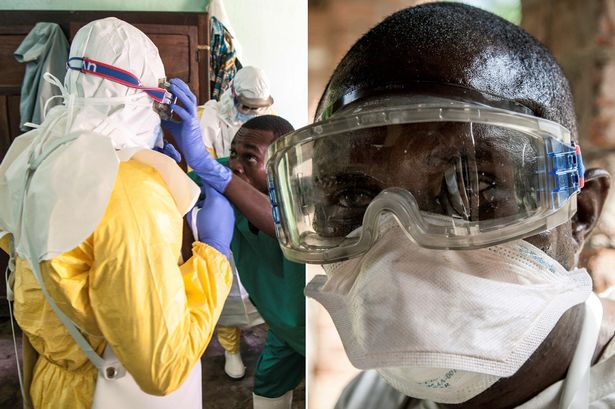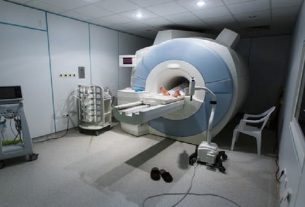According to the World Health Organization (WHO), an estimated 132,000 cases of malignant melanoma occur in the world each year (the most harmful skin cancer that exists). Faced with this situation, researchers from the Massachusetts Institute of Technology (MIT) developed a tool based on artificial intelligence (AI) to detect this type of malignant tumor.
Its operation is based on deep and convoluted neural networks (DCNNs) applied to the analysis through wide-field photographs common in most smartphones. With this, experts can have large samples of sections of skin from a patient in a primary care setting.
The automated system allows to detect, extract and analyze all pigmented skin lesions, the neural network determines the number and level of lesion of individual pigmentations. “By using cameras to take wide-field photographs, we can quickly and effectively detect melanoma at an early stage,” explained Luis Soenksen, a doctor and medical device expert who is currently serving as MIT’s first venture builder in artificial intelligence.
Soenksen explained that with the help of the AI they formed the system with more than 20,388 open field photographs of more than 133 patients at the Gregorio Marañón Hospital in Madrid. In addition, they used publicly available photographs, the images were taken with a variety of cell phone cameras, and the dermatologists visually classified the lesions in the images for comparison.
There, they found that the system achieved more than 90.3 percent sensitivity in distinguishing SLPS from nouspicious lesions, skin, and complex funds. “Our research suggests leveraging computer vision and deep neural networks to achieve greater diagnostic accuracy,” Soenksen said.
Approximately 66 thousand people die from this pathology; It is estimated that in the last 45 years the annual incidence rate of skin cancer has tripled. One of the main causes of the increase in the rate of people who contract this melanoma is due to exposure to long periods of time in the sun or the excessive use of tanning beds.
So far, MIT experts continue to work with the neural network model to have greater precision in diagnosing malignant melanomas. With this work in artificial intelligence, it will allow faster and more precise evaluations through the lens of any conventional camera, leading to earlier treatment of melanoma.




